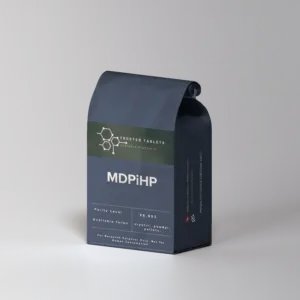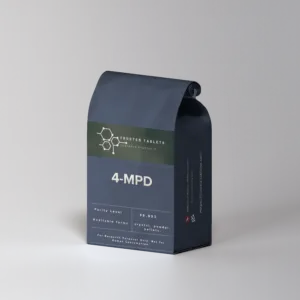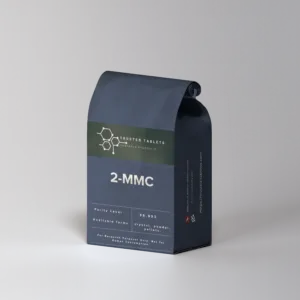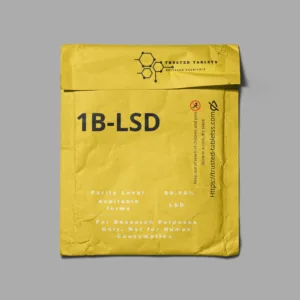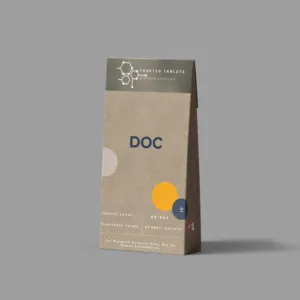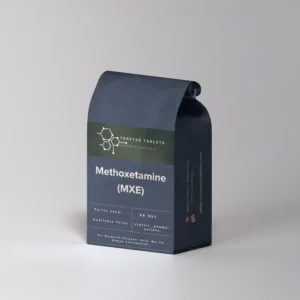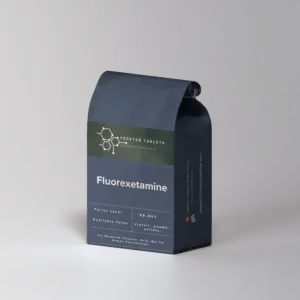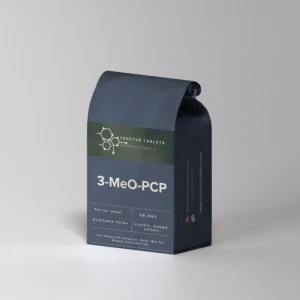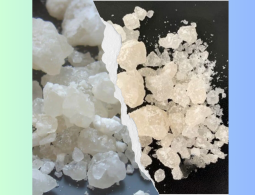Free Delivery Across the US!
Free delivery for all orders above $150
Top-Notch Support
Chat with us if you’ve any questions
100% Satisfaction Guarantee!
Providing help in case of dissatisfaction
Secure Payments
We use safest payment technologies
Hot This Month
$15 per order
Deal Of The Month
MDPiHP
N-Ethylhexedrone
a-PHP
4-MPD
2-MMC
Your Reliable Source for Premium Research Chemicals
Enjoy Secure Payments and Fast Worldwide Shipping
Special Offer: Free Shipping on Orders Over $150!
Discover Our Best-Selling Products Now!
Your Reliable Source for Premium Research Chemicals
Enjoy Secure Payments and Fast Worldwide Shipping
Special Offer: Free Shipping on Orders Over $150!
Discover Our Best-Selling Products Now!
Top Recent Articles
Frequently Asked Questions
Answers to Your Most Common Questions
We provide a wide range of premium research chemicals, including cannabinoids, dissociatives, and C-liquids, all tested for purity and quality.
Shipping to the USA and Canada typically takes 3-4 business days. We ensure discreet packaging for your privacy and secure delivery.
Yes, we prioritize your privacy. All orders are shipped in plain packaging with no reference to the contents or sender.
Absolutely. We use SSL-encrypted transactions to protect your data and also accept Bitcoin for added security and anonymity.
We offer a satisfaction guarantee. If you’re not happy with your purchase, contact us within 7 days to arrange a return or refund.
Yes. Once your order is shipped, you’ll receive a tracking number via email to monitor your delivery status.


